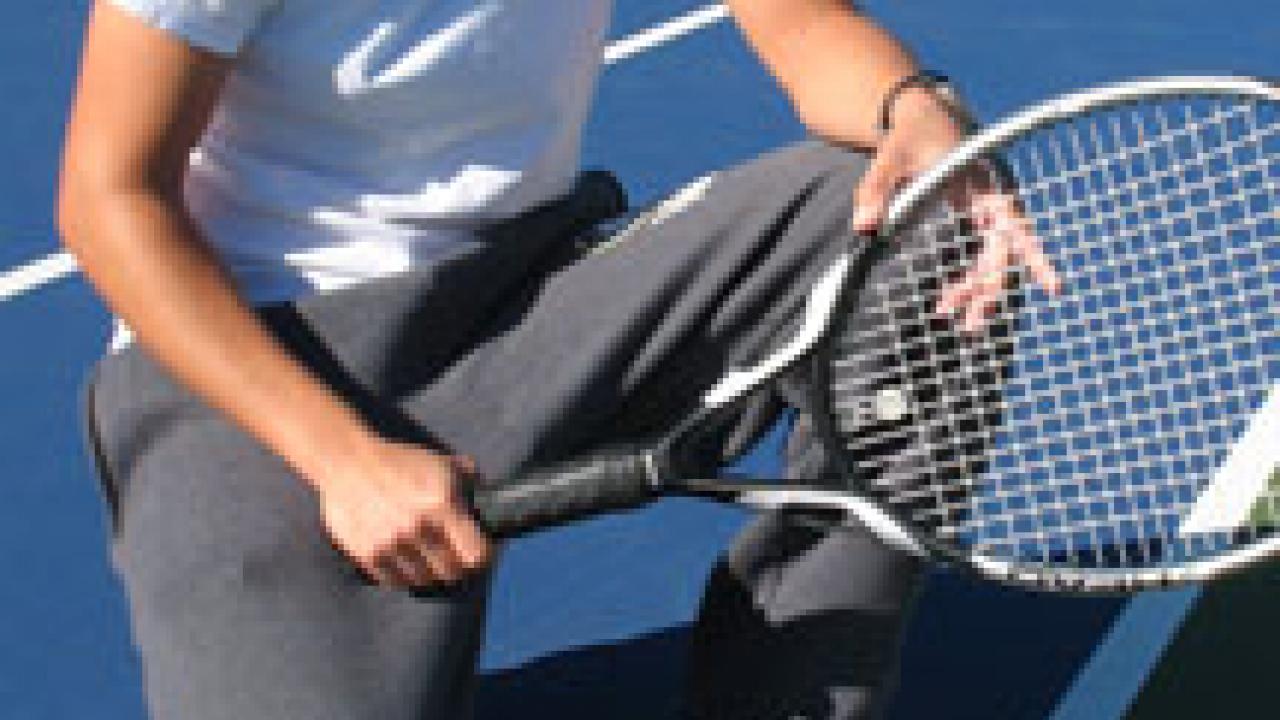Great news for people who always question the referee’s calls during a tennis match. You might not be so crazy after all.
A project led by David Whitney, associate professor at the UC Davis Center for Mind and Brain and in the Department of Psychology, shows that professional referees are vulnerable to an optical illusion when they see balls bouncing on or close to a line. The common flaw in the visual system—also known as a “perceptual bias”—has rarely been documented in sports.
The error occurs because the brain’s perception of the world lags a few milliseconds behind reality. While the brain is processing the image of a moving object, the object has already moved on. To compensate, your brain estimates where the object will go next, based on its speed and direction. Mostly those guesses work very well, but if the object is moving very fast and making sudden changes of direction—like a bouncing tennis ball—they can give the wrong answer.
Whitney and his team reviewed a random set of 4,457 recorded points from the 2007 Wimbledon tournament. Three trained observers examined each instance in which the tennis ball landed close to or on the line.
Whitney expected referees to see the balls bounce in the direction of their motion, which would make the referees see more balls land off the line. He was right. In reviewing 83 incorrect calls, the balls actually should have been called in 84 percent of the time.
“(These experiments) shed light on how the brain processes information,” Whitney said. “This knowledge can help us design better artificial visual systems and can also be applied in areas like computer science, medicine, and data visualization, where the limits of visual processing are centrally important.”
The research report appeared in the Oct. 28 edition of the journal Current Biology.
— Danai Sakatukwa, student intern, UC Davis News Service
Media Resources
Dave Jones, Dateline, 530-752-6556, dljones@ucdavis.edu
